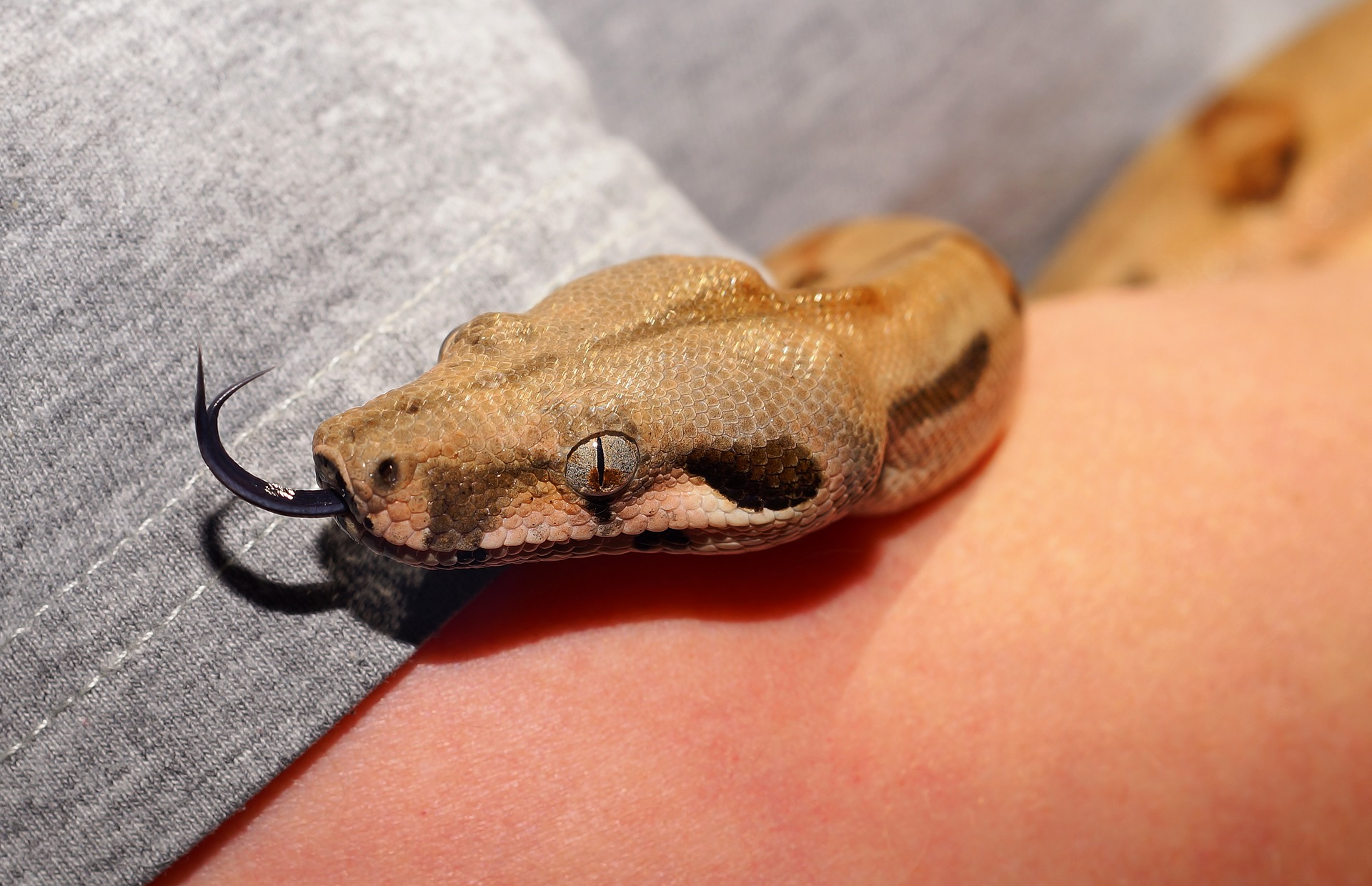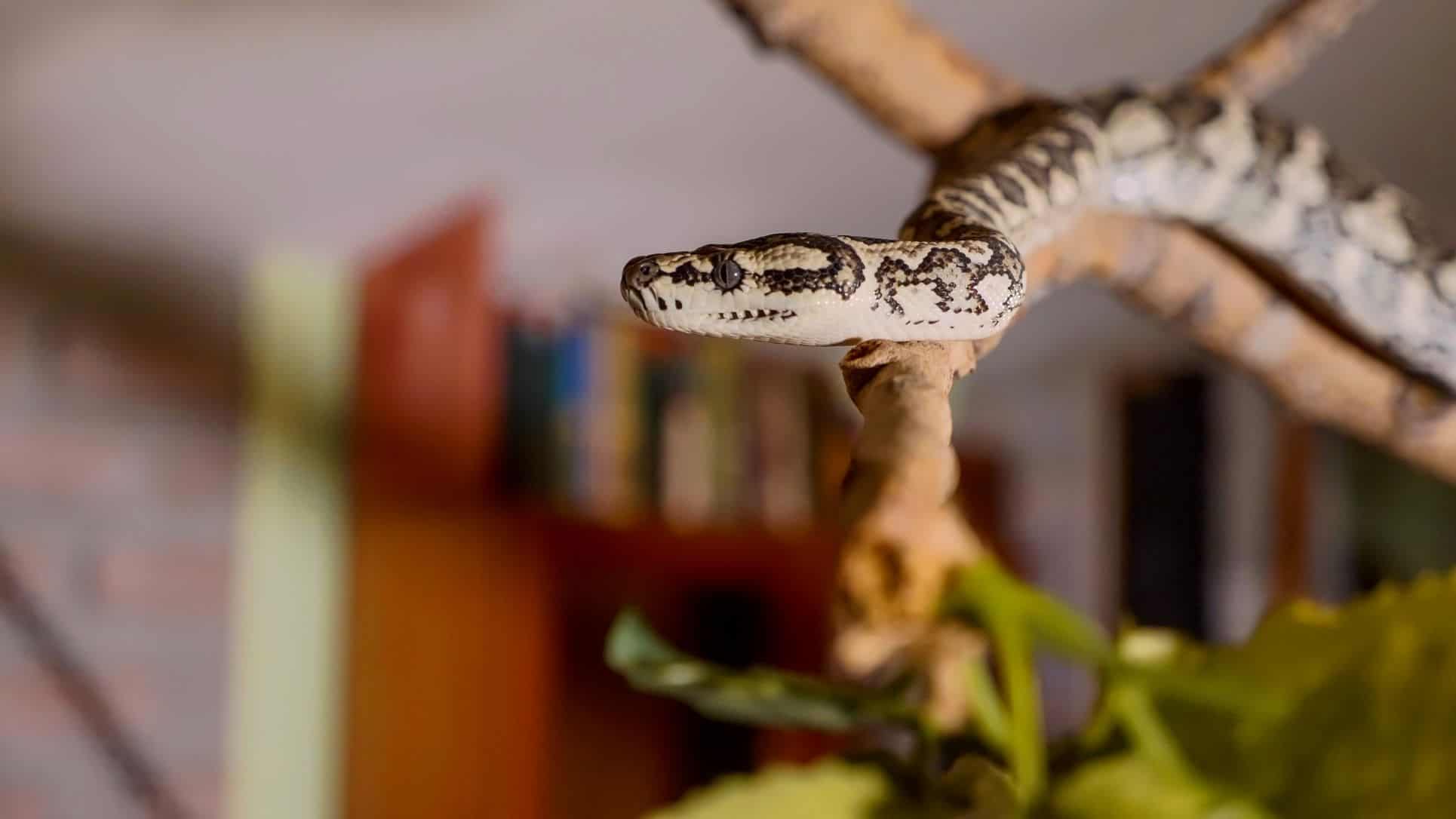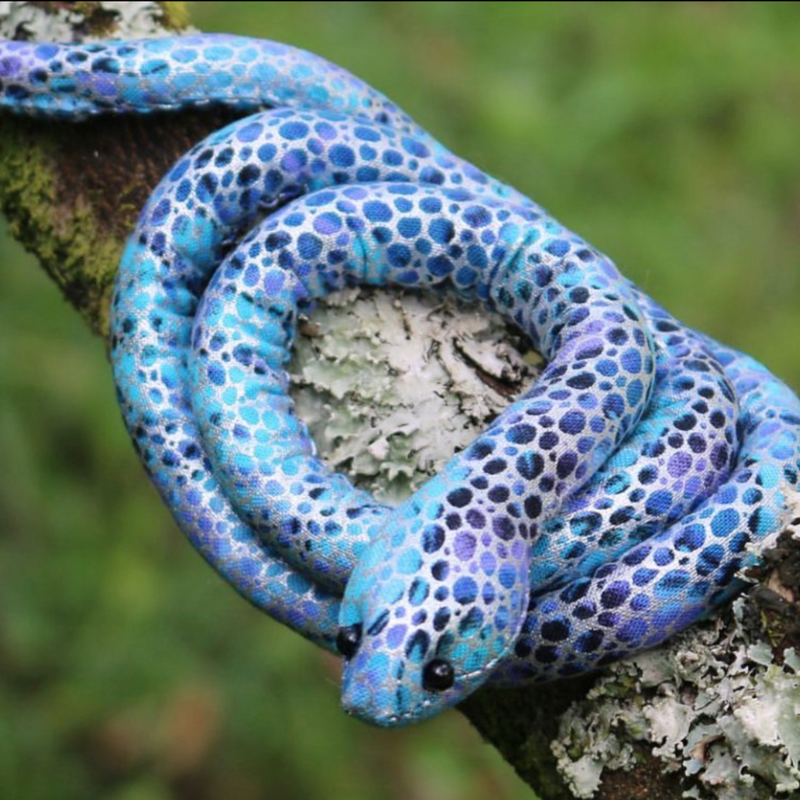Accept the Exotic: Snake for Sale Choices Await Expedition
Accept the Exotic: Snake for Sale Choices Await Expedition
Blog Article
Important Care Tips for Pet Snakes: A Beginner's Overview
As beginner reptile fanatics embark on the trip of caring for pet serpents, comprehending the basic concepts of proper husbandry is vital. From picking the right snake types to producing an ideal environment and maintaining ideal environmental problems, each action plays an important function in cultivating a thriving relationship between proprietor and snake.
Picking the Right Serpent Variety
When selecting a snake varieties as a pet, it is essential to consider factors such as personality, treatment, and size demands. Dimension is a necessary consideration as it directly impacts the room required for the serpent to prosper comfortably.

Setting Up the Ideal Enclosure
To produce an ideal living setting for your pet dog serpent, thorough focus to information is called for when setting up the unit. The first consideration is the dimension of the enclosure, ensuring it offers ample room for your snake to move and stretch out comfortably. A general guideline is to have a tank that is at the very least as long as the serpent's size and wide sufficient to permit different concealing places and a water bowl.
Substrate choice is essential, as it not just impacts the looks of the unit but also contributes in preserving proper moisture levels. Popular substratums include aspen shavings, cypress compost, and paper towels, each offering various benefits depending upon the snake types and desired humidity degrees.
Incorporating a temperature level gradient is important for your serpent's overall health and wellness. Utilize warm lights, heat pads, or ceramic heating systems to create a warm side and a cooler side within the unit, allowing your serpent to manage its body temperature as required. In addition, offering ample lighting, hiding places, and climbing up branches will use enrichment and excitement for your animal snake.
Giving Proper Heating and Illumination
Correct heating and lighting are crucial parts in developing an appropriate environment for your animal serpent. To mimic their natural setting and guarantee your snake's health, it is vital to give a correct warmth slope within the room.
For heating, under-tank heating pads or heat tape are typically used to develop a cozy area for your snake to bask. It is very important to keep track of the temperature routinely with a reputable thermostat to avoid getting too hot or chilling. Additionally, serpents need a consistent light-dark cycle to maintain their body clock. Utilizing a full-spectrum UVB light can be advantageous for certain varieties to help in vitamin D3 synthesis.
Remember to look into the certain heating and lights requirements for your serpent types to provide a healthy and balanced and comfortable setting for your family pet. snake for sale.
Establishing a Feeding Regimen
Serpents have differing feeding frequencies based on their types, age, and dimension. Generally, grown-up serpents are fed once every 1-2 weeks, while more youthful snakes might need even more regular meals.
When feeding your snake, go with properly sized prey products. The size of the target should match the serpent's girth for appropriate digestion and to prevent regurgitation. Icy victim things are advised as they position much less threat to your snake contrasted to live victim, which can harm the snake throughout feeding.

Handling and Mingling Your Snake
When dealing with and socializing your pet snake, it is very important to approach with care and regard for their natural behaviors and borders. Serpents are solitary animals naturally and might not seek out social interaction like various other pet dogs. With gentle and consistent handling, numerous serpents can end up being accustomed to human get in touch with.
Prior to attempting to manage your serpent, guarantee that they fit and not in shed or food digestion mode, as this can make them more short-tempered. Approach your pop over to these guys snake steadly and with confidence, supporting their body effectively to make them really feel protected. Stay clear of unexpected movements or loud sounds that could startle them.
Beginning with short handling sessions and progressively enhance the moment as your snake comes to be a lot more accustomed to being held. Be observant of their body movement - if they reveal indications of stress like hissing, fast tongue flicking, or coiling securely, it's best to place them back in their enclosure.
Bear in mind that not all snakes take pleasure in dealing with, and it's important to appreciate your pet dog's preferences. Normal, gentle communications can aid build trust fund and reduce stress and anxiety for your snake, causing a more positive partnership in between you both.
Final Thought
In verdict, it is vital for newbie snake owners to meticulously choose the ideal serpent types, established up a suitable unit, offer ample home heating and lighting, establish a feeding routine, and manage their serpent appropriately. Following these care tips will make sure the health and joy of the pet snake, creating a harmonious relationship in between proprietor and reptile.
When this contact form picking a snake species as an animal, it is vital to take into consideration variables such as personality, dimension, and treatment requirements. Some serpents, like the Corn Serpent, often tend to be forgiving and accommodating of managing, making them suitable for those new to snake ownership. Researching and recognizing these demands details to the types you are thinking about view it now is critical to give correct treatment and make sure the snake's well-being. Typically, grown-up snakes are fed once every 1-2 weeks, while younger serpents might need more constant dishes.

Report this page